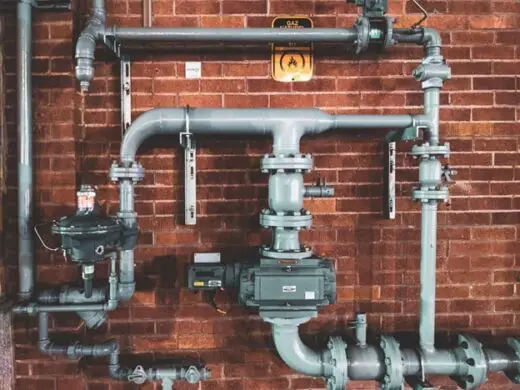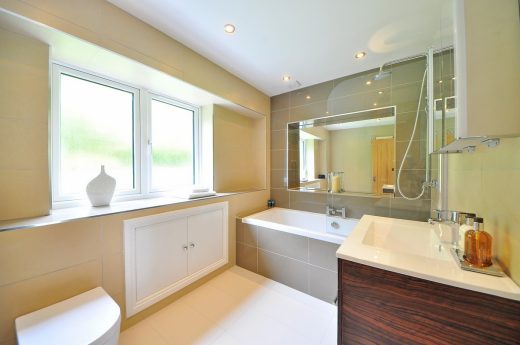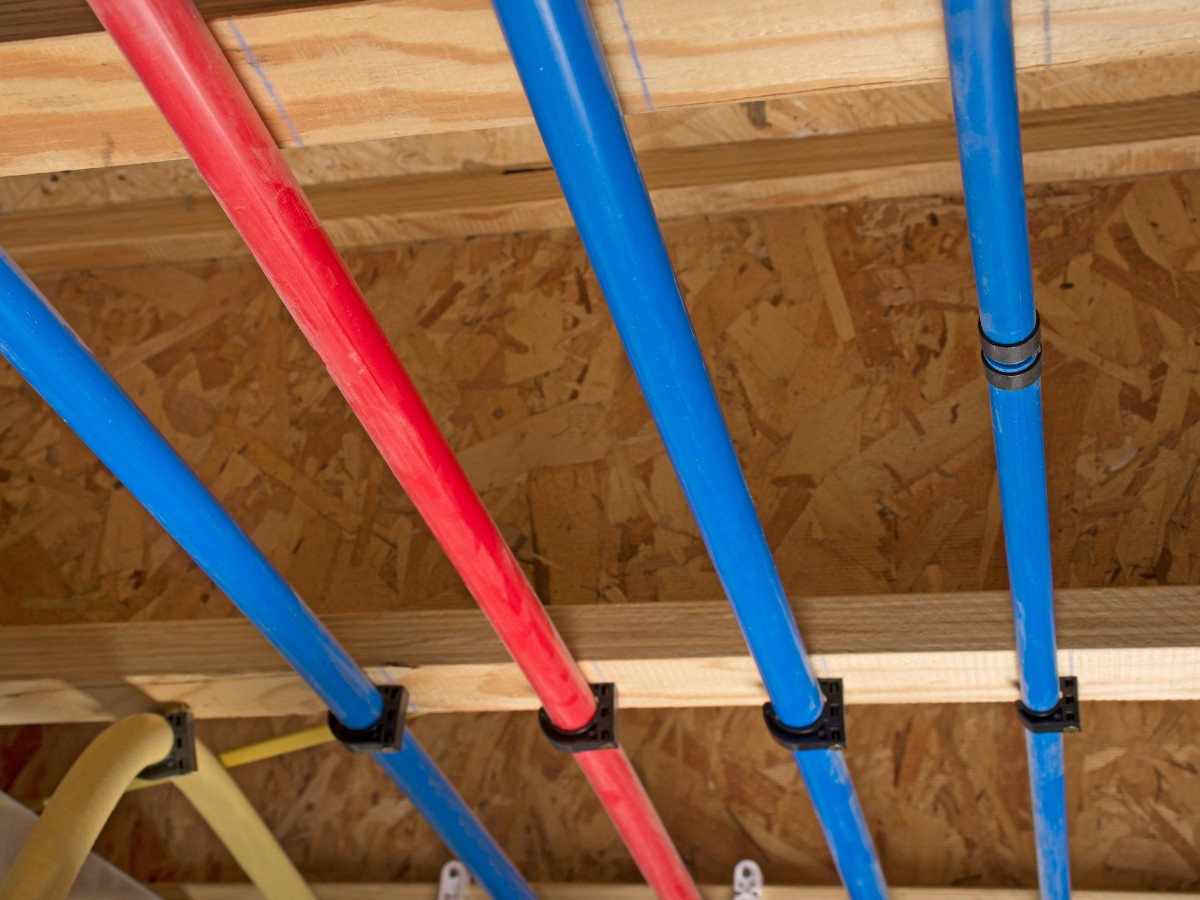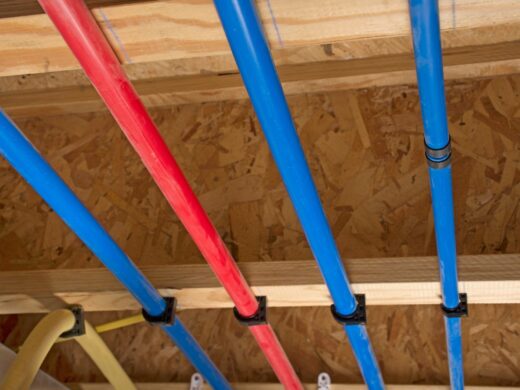Pros and cons of installing PEX plumbing pipes, House maintenance tips, USA home drainage advice
Pros and Cons of Installing PEX Plumbing Pipes Guide
post updated 3 May 2024
Cross-linked polyethylene pipes, commonly known as PEX pipes, are a rising trend in the plumbing industry. These are used by many plumbing companies to replace galvanized and copper pipes and are often found in new constructions and in remodeled structures.
Want to knpw more about pex a pipes?
25 August 2022
Who Invented the PEX Pipe?
A German scientist named Thomas Engle invented the PEX pipe in the 1960s and was first used in radiant floor heating systems about two decades later. In recent years, this pipe type gained much popularity because of its synthetic and flexible properties and has since become part of residential plumbing.
According to abetterplumberco.com, PEX pipe lengths vary from as short as 10 feet to as long as 500 with the diameters ranging from 3/8 to 1 inch. These pipes are also available in a variety of colors and are quite useful for plumbers and other professionals when it comes to identifying the type of water that they need to transport.
PEX Pipe Types
There are many types of PEX pipes which are usually determined by the manufacturing process that they go through. These include:
1. PEX-A
This type is made using peroxide. The PEX-A pipe is flexible and is suitable for residential water plumbing systems. They are resistant to cracks, but tend to expand at freezing temperatures.
2. PEX-B
Manufactured through a moisture cure method, PEX-B pipes are capable of returning to their original coiled state after being installed. They have this unique coil memory which allows them to do so without any difficulty. PEX-B pipes are suitable for areas with high levels of chlorine water, as they have increased chlorine resistance properties.
3. PEX-C
This type of pipe is subjected to irradiation during the manufacturing stage. PEX-C pipes offer the best value, but are susceptible to cracking and kinking.
How To Install PEX Pipes
Installing PEX pipes involves the following steps:
1. Prepare all the tools and equipment you will need.
Generally, this should include crimp rings, a crimping tool, a pipe cutter, fittings, and a marker.
2. Add the crimp ring to the pipe.
Place a crimp ring at one end of the PEX pipe.The ring should be placed at least 1/8- 1/4 inch from the pipe’s end. Use the crimping instrument to tighten the ring.
3. Install a fitting into the pipe.
Fittings connect the PEX pipe to the water source and to other fixtures. To avoid leaks, slide one fitting into each pipe.
4. Run the pipes from the water source to the fixtures.
Once the pipes are connected, turn the water supply on to check for leaks.If none are found, it means the installation was successful.
Why Is PEX Plumbing a Good Choice?
Because of the many benefits they provide, PEX pipes are popular among plumbers. Some of these benefits include:
1. Lower Cost
Whether you are renovating your entire plumbing system or building a new home, PEX pipes will save you a lot of money as they are only about 1/3 the cost of copper pipes.
2. Anti-corrosive
Cross-linked polyethylene resists not only corrosion, but also erosion and mineral buildup.
3. Convenient Installation
This pipe product is easy to install; you can even fix leaky sinks and faucets yourself. For best results, however, it’s best to hire a plumber.
4. Efficiency
The PEX pipe is well-known for its thermal conductivity properties.It is also less energy-intensive and has no problem moving hot and cold water.
5. Quiet Operation
This pipe type is made of synthetic plastics so you won’t hear any rattling noises from them. They are also more fluid than galvanized or copper, and water flows easily through them.
Plumbing Issues
Below are the disadvantages of PEX plumbing.
1. Failure Issues
PEX pipes should not be used if you live in an area with high levels of chlorine. The mineral does not work well with PEX and will only reduce the lifespan of the pipe.
2. Light Sensitivity
PEX pipes disintegrate when exposed to sunlight for a prolonged period, rendering them incompatible with outdoor use.
3. Heat Damage
PEX pipes are not recommended in high heat situations.They are susceptible to damage if they are used in conjunction with recessed lighting or with water heaters.
4. Permeability Issues
PEX pipes can easily be damaged with a few forceful strikes. Several strong bites from a sewer rat, for example, is enough for this pipe to malfunction.
5. Chemical Issues
There are types and brands of PEX pipes that can leach harmful chemicals and contaminants into the water, resulting in deteriorated taste and odor.
PEX plumbing pipes install – Key Takeaway
PEX pipes are preferred by many, even by reputable companies, and this is because they offer several benefits. They have anti-corrosion and thermal conductivity properties, and are generally easy to install.
As popular as they are, however, PEX pipes also has its share of issues, including their sensitivity to light and incompatibility with chlorinated water. Thus, it’s best to weigh first the pro’s and con’s of PEX pipes before deciding to install them in your plumbing.
Comments on this Pros and cons of installing PEX plumbing pipes article are welcome.
Home Plumbing and Plumbers
Building Plumber Articles
Importance of hiring commercial plumbing services

Practical tips for architects when designing plumbing systems

Signs You Need to Call a Plumber
Ultimate guide to unclogging your toilet, tub, and pipes
Buildings
Residential Architecture Posts
Comments / photos for the Pros and cons of installing PEX plumbing pipes advice page welcome.






